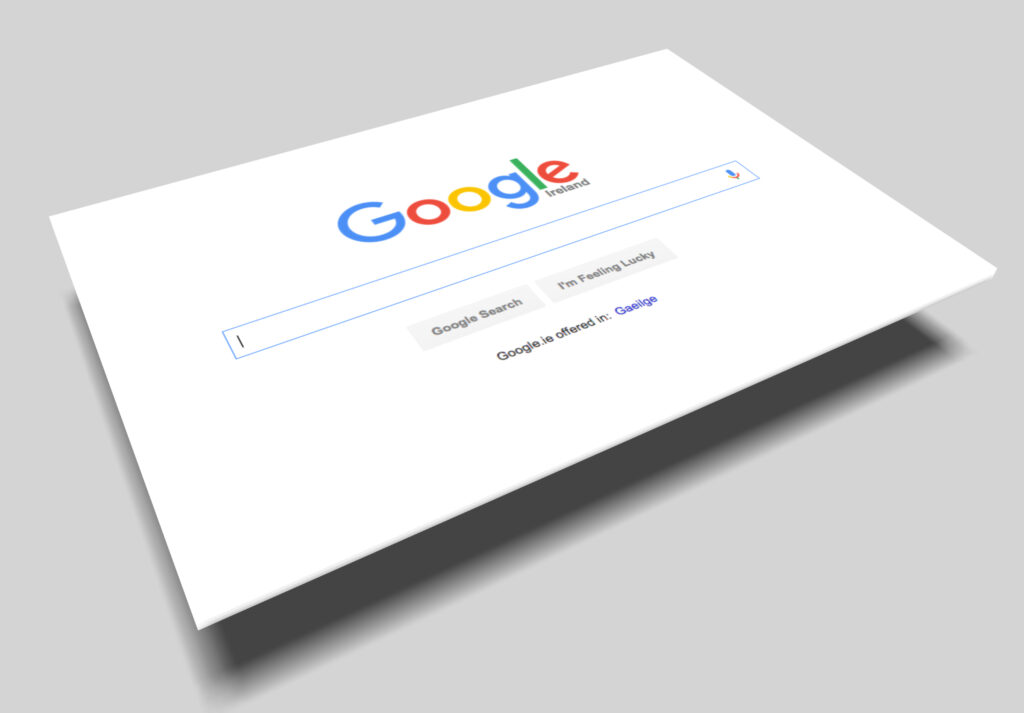Why is no one clicking on my Google Ads?

If a business is not achieving click-throughs on its Google Ads, the campaign shouldn’t be written off as ineffective. A few simple tweaks could have it going from thwarted to thriving.
Google Ads has revolutionised the way services are promoted online, and has been successfully used by businesses around the world to get products and services in front of the right people.
Some businesses find it hard to achieve Google Ads success. According to Tom Marchant, Senior Digital Campaign Manager at creative marketing agency PMW, it’s all in the skilful execution:
“When we get a new client, many of them say Google Ads has never worked for their business. However, these same clients will request SEO services because they want their website to reach page one of Google. If that’s your goal, then a Google Ads campaign can be one of the quickest ways to get there – if you know what you’re doing.”
How can a business create a successful Google Ads campaign? PMW has provided its top tips:
Shift your focus
Tom recommends shifting focus away from clicks, and towards conversions:
“If you’re so focussed on achieving a high number of click-throughs, at any cost, then you’re missing the point. As you’re paying per click, it can be easy to forget that the click itself isn’t the goal. You want to convert those clicks to leads and conversions. If you’re always thinking about how to maximise conversions, you will naturally increase your click-through rate, as you’ll be creating ads that reach the right customers, at the right time and say the right thing.”
Choose keywords that target customers close to the point of purchase
To run a successful conversion-led campaign, Tom suggests starting with the basics: the keywords.
A business should target people who are close to the point of purchase; those who know what they want and are ready to buy, pick up the phone, or book an appointment.
To reach these customers, it’s best to bid for long-tail keywords. These are highly specific 4-6 word phrases, with a high probability of conversion, and make up 70% of overall search traffic. Think: ‘black faux leather quilted jacket’ rather than ‘jacket’ or ‘leather jacket’.
Look at your ad quality scores
Regularly view the ad quality scores, as improving the score can increase both clicks and conversions; Tom explains how to do this:
“It’s not just about bidding more – you can outrank the highest bidder if your ads are better, more creative and more appealing. Make sure your ad title is specific, includes a call to action and demonstrates how you can solve a search enquiry, fast. Any ad extensions need to align with your call to action, and signal to customers that they can get the information they want in one click.”
You know what’s been searched for – ensure you give it to customers
“Don’t underestimate the importance of relevant landing pages. Imagine being told you’re getting on a plane to an idyllic Greek island, and landing in Scunthorpe instead – not that there’s anything wrong with Scunthorpe,” said Tom. “That’s what it’s like when your landing pages don’t match up to what you’re advertising, and aren’t optimised for user experience (UX).
“Make sure anyone who clicks on your ad lands on an existing service page relevant to the ad, or a highly specific page created especially for your ad. You know exactly what they searched for, because you bid for the keyword, so there’s no excuses!”
Utilise negative keywords
If a Google Ads campaign is not achieving results, the ad may be being presented to customers who are unlikely to click. Setting negative keywords helps to block an ad being shown to irrelevant search queries. For example, if a business is selling new Audi cars, the terms ‘second hand’ and ‘used’ should be blocked.
Decipher the data
Data can be used to track the progress of a campaign and show where adjustments need to be made to improve the click-through rate. It’s a time-consuming job, but it’s an essential part of a successful campaign. Businesses should refine ads in a way that gets them closer to customers who are right at the point of purchase, eg. through choosing more specific keywords or adjusting calls to action.
Don’t ignore the practicalities
Tom’s last tip is to keep on top of the admin that is involved with a Google Ads account, as not doing so can cause ads to stop running:
“If your Google Ads were doing great, and then your clicks suddenly dropped to zero, it might be because you have reached your budget cap – Google Ads lets you put a number of different caps on spend, from individual campaign to overall account caps. If you’ve reached your cap, but you were getting great return on your investment, it might be worth upping your budget.”




